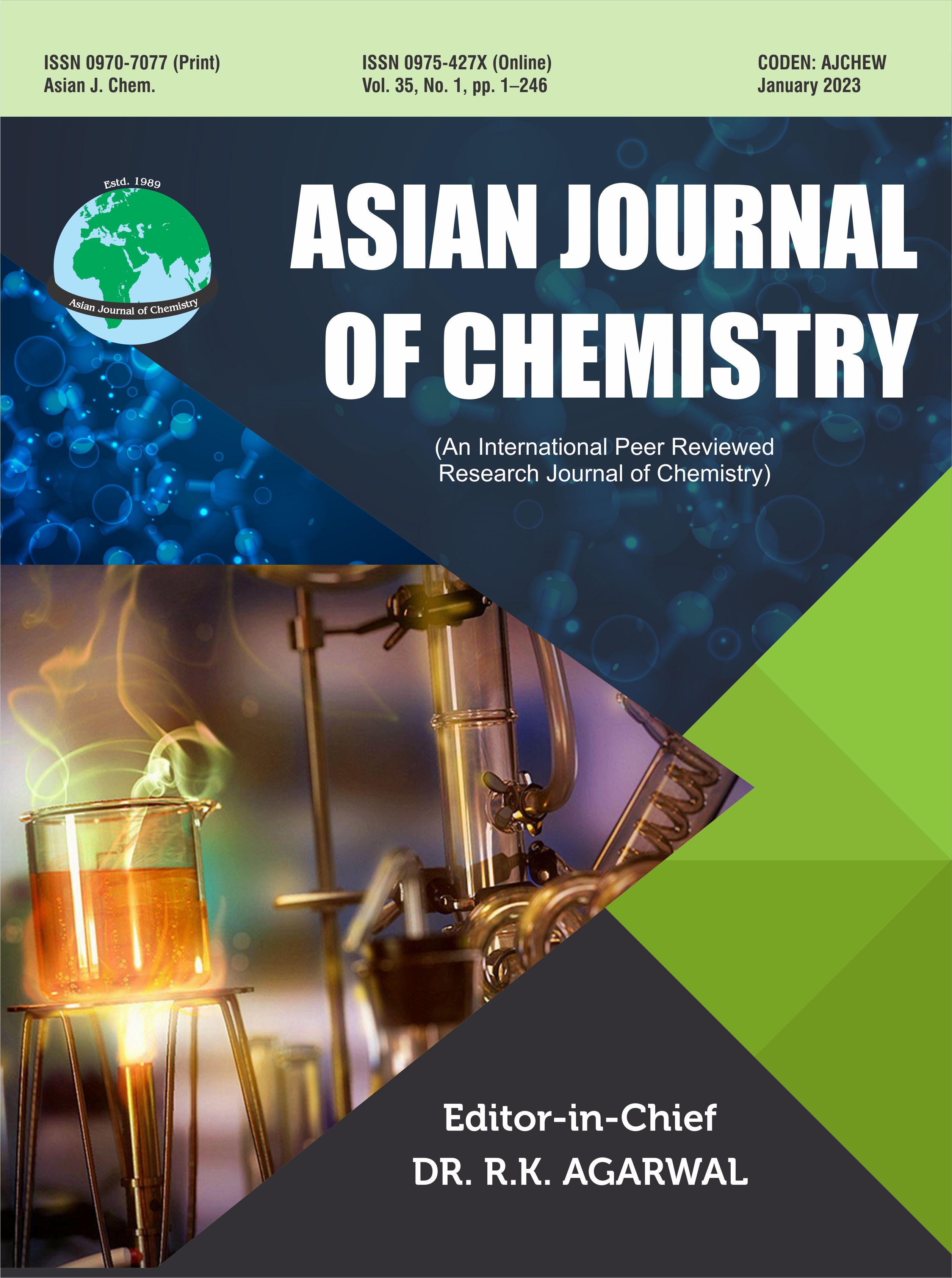Assessment of Biogrowth at Two Different Environments of Nuclear Power Plant Cooling Water System Located at Southern Coast of India
S. Ganesh
Department of Chemistry, Scott Christian College (Affiliated to Manonmaniam Sundaranar University,Tirunelveli), Nagercoil-629003, India
A. Malar Retna
Department of Chemistry, Scott Christian College (Affiliated to Manonmaniam Sundaranar University,Tirunelveli), Nagercoil-629003, India
S. Godwin Wesley
Department of Zoology, Scott Christian College, Nagercoil-629003, India
P. Sriyutha Murthy
Water & Steam Chemistry Division, Bhabha Atomic Research Centre Facilities, Kalpakkam-603102, India; Homi Bhabha National Institute, Anushaktinagar, Mumbai-400094, India
T. Subba Rao
Water & Steam Chemistry Division, Bhabha Atomic Research Centre Facilities, Kalpakkam-603102, India; Homi Bhabha National Institute, Anushaktinagar, Mumbai-400094, India
Corresponding Author(s) : P. Sriyutha Murthy
cnpsganesh71@gmail.com
Asian Journal of Chemistry, Vol. 35 No. 1 (2023): Vol 35 Issue 1


Abstract
A systematic assessment of biogrowth development on titanium coupons exposed to ambient seawater (intake) and chlorinated seawater (pump house) environments of a coastal nuclear power plant was carried out. Titanium coupons were exposed for a period of 2 years and periodically removed at monthly intervals for biogrowth assessment. Biofouling biomass at the seawater intake station ranged from 0.8-12.5 kg m-2 during the 2 years of study. Continuous chlorination of 0.2 ± 0.1 mg L-1 and shock dose chlorination for 1 h/day at residuals of 0.4 ± 0.1 mg L-1 was very effective in reducing the biofouling load in the cooling water system. A reduction in fouling biomass of 95% was observed on titanium coupons between the intake and the pump house stations. Biofoulants recruitment was found to occur throughout the year at varying intensities. Diversity of organisms on the coupon was influenced by seasonality and distinct successional patterns were observed at the seawater intake. Barnacles were the dominant fouling organisms followed by mat forming ascidians, bryozoans, oysters, hydroids and seaweeds at the intake station. Sluggish biofouling development was observed on coupons at the intake due to the sub-tidal intake system (-5 m), which had a lesser load of meroplanktonic organisms. The study also showed that low dose continuous chlorination was an effective strategy for biofouling control in the cooling water system of the tropical power station which uses titanium heat exchangers for steam condensation.
